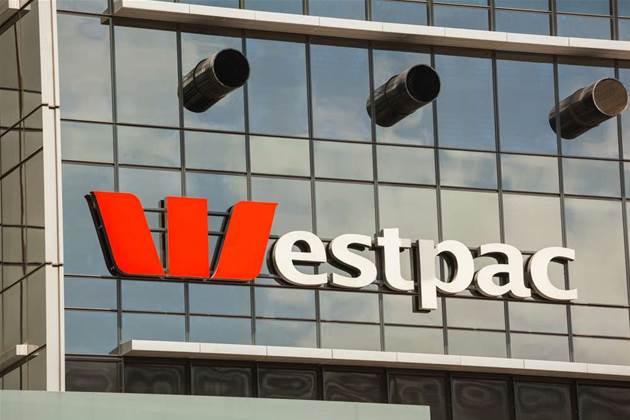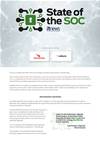Westpac has reported a $354 million net impact from a reduced capitalised software balance after it last month decided to change how it calculates its technology investment spend.

The bank - which today posted a 6 percent jump in net profit to $8 billion - recently reviewed its accounting policies for IT investment and decided to directly expense more technology project costs.
It also decided to move to an accelerated amortisation model for capitalised software, affecting most of its existing software assets that have a useful life of more than three years.
The accounting change mean the bank's capitalised software balance dropped by $505 million pre-tax for its most recent fiscal year.
The figure had previously been reported as an expense.
The bank now has a capitalised software balance of $1.65 billion compared to $2 billion last fiscal year.
As a result of the accounting change, software amortisation and technology depreciation costs went up $70 million in the second half of the year.
The increase boosted Westpac's total technology investment expense by 12 percent - or $192 million - for the year to $1.75 billion.
The result was also affected by $118 million in IT depreciation, and higher costs for software licensing and the rollout of videoconferencing in branches.
Westpac invested $1 billion into technology projects, growth and productivity initiatives and regulatory changes in the year.
Around $242 million went to consolidating 12 data centres down to two.
The bank put $523 million towards completing the migration of business customers onto its Westpac Live online banking platform, debuting the new LOLA online lending application for business customers, and the release of a client application function on its Panorama wealth platform.
The bank has previously pledged to raise its annual technology investment spend by 20 percent to $1.3 billion to fund a long-term technology standardisation and simplification drive.
The money will go towards four streams of work: customer experience, operational efficiency, common platforms and infrastructure, and 'digital readiness', and will cover the cost of building its central customer identifier, the 'customer service hub'.


.png&h=140&w=231&c=1&s=0)



_page-0001.jpg&w=100&c=1&s=0)


.png&w=120&c=1&s=0) Security Exhibition & Conference 2025
Security Exhibition & Conference 2025
 Integrate Expo 2025
Integrate Expo 2025
 Digital Leadership Day Queensland
Digital Leadership Day Queensland
 Government Innovation Showcase Queensland
Government Innovation Showcase Queensland
 Government Cyber Security Showcase Queensland
Government Cyber Security Showcase Queensland











.jpg&h=140&w=231&c=1&s=0)



